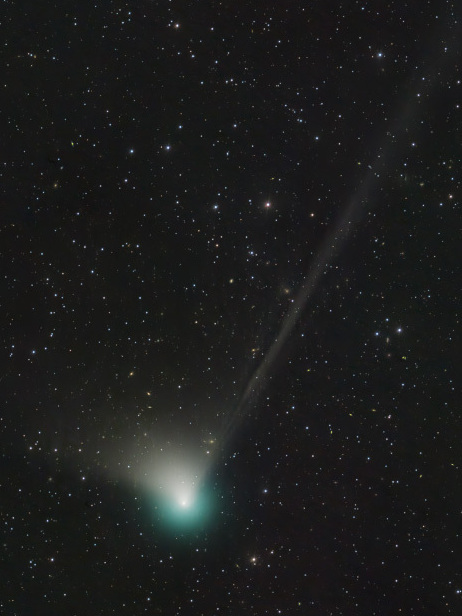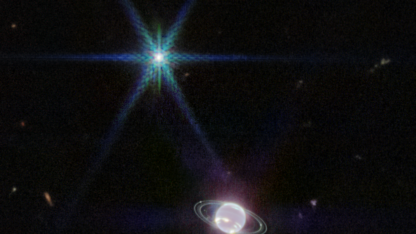A comet known as C/2022 E3, marked by its bright green nucleus and long faint ion tail, will be on display in the Earth sky later this month — possibly for the first time ever or at least for thousands of years.
“If C/2022 E3 has ever passed through the solar system before, it would have last been seen in the sky more than 10,000 years ago,” says Jon Giorgini, a senior analyst at NASA’s Jet Propulsion Laboratory.
Comets are essentially clumps of frozen gases, rock and dust. But when they approach the sun and heat up, they become powerful cosmic objects, spewing gases and dust in a way that forms their iconic shape: a glowing core and flame-like tail that can stretch on for millions of miles.
Astronomers first spotted the brightening outburst back in March 2022 at the Zwicky Transient Facility on Palomar Mountain in California. At the time, the comet was inside the orbit of Jupiter.
According to NASA, the newly discovered comet is expected to reach its closest proximity to the sun on Jan. 12. Then, about three weeks later, beginning Feb. 1, the comet is slated to draw nearest to Earth — 26.4 million miles away to be exact.

9(MDAxODM0MDY4MDEyMTY4NDA3MzI3YjkzMw004))








